| Energy Audits |
Did you know 1/3 of the air in the average home leaks out every hour of every day?
A Home Energy Audit is the best tool for analyzing the performance of a building and the reasons for
the direct and indirect effects that you as the homeowner are dealing with. Uncomfortable homes
are seldom efficient homes. High utility bills, draftiness, temperature differences from room to room,
frequent furnace or air conditioning cycling, and rooms that are either too hot in the summer or too cold
in the winter are all symptoms of an inefficient home. Health and human safety concerns and long-term
building durability issues are addressed as well. |
|
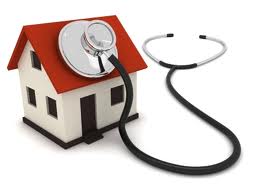 |
|
A Home Energy Audit has several parts to it. Each part is designed to analyze your home piece by piece
in order to determine which inefficiencies exist in your home. Here is a breakdown of the primary
elements of an Energy Audit:
|
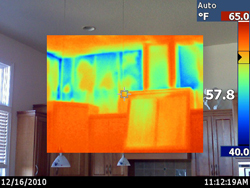 |
|
Home Analysis:
Analysis of each building component. Includes determining insulation levels in
attics, vaulted ceilings, walls, floors over garages, crawlspaces and basements,
window and door performance, status and efficiency of mechanical equipment,
duct work, common problem areas and utility bill analysis. |
|
| |
Blower Door Test:
The Blower Door Fan and Manometer are used to analyze air leakage in a home.
After depressurizing the building, specific sources of leakage can be targeted
and identified. Air leakage is one of the primary issues in most American homes.
Total leakage will be determined in order to help prioritize its importance as a
suggested improvement and to determine possible air quality issues relating
to lack of ventilation. Reducing air leakage generally has the highest return on
investment of all retrofit measures. |
|
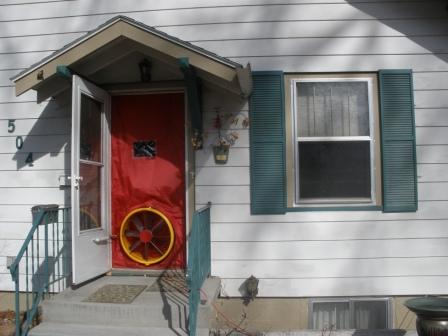 |
|
| |
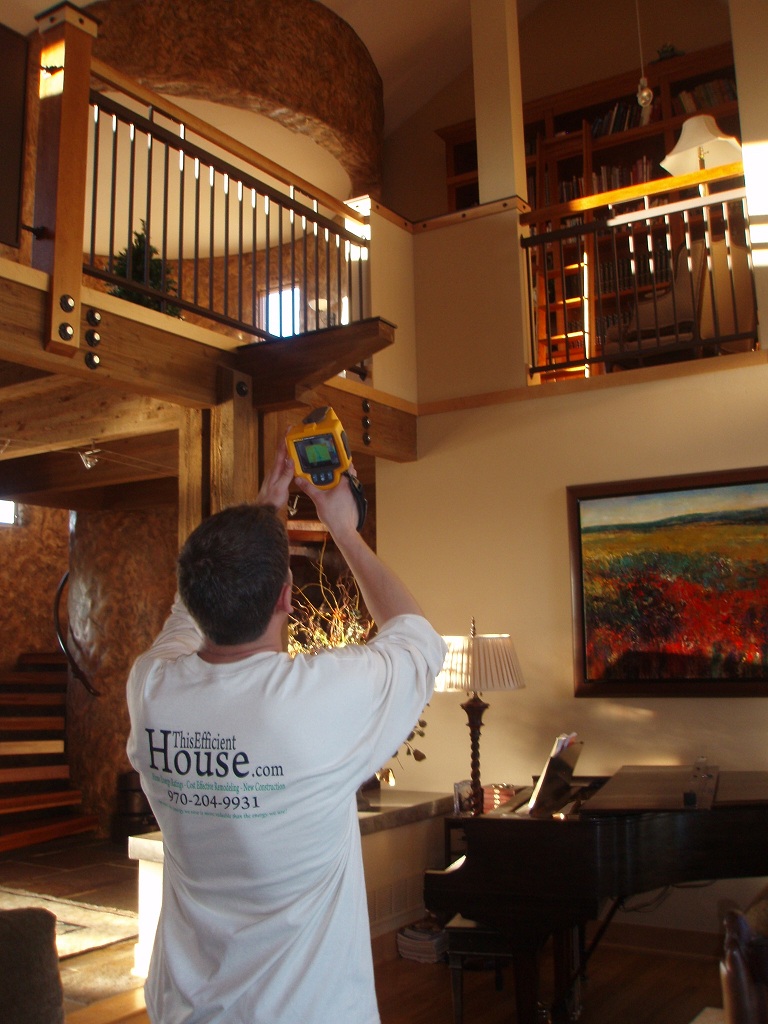 |
|
Infrared Scan:
The IR camera uses thermal imaging technology to analyze the hidden issues
occurring in a home, usually while the blower door test is in progress. Possible
issues can include poorly installed or missing insulation and hidden air leaks inside
of walls, under floors and in ceilings. Images seen on the camera can be captured
and are included as part of the analysis and report. |
|
| |
Furnace and Hot Water Heater Efficiency:
We can analyze furnaces and hot water heaters for safety and efficiency through
a process called “commissioning.” Gas combustion analysis will determine
system efficiency with readings taken and adjustments made to fuel pressure,
excess oxygen, carbon monoxide, stack temperature and overall efficiency. In
addition, static pressure in the duct work is measured and blower speed CFMs are
calculated. Using this information, small adjustments can be made to squeeze
efficiency out of existing under-performing equipment. Combustion safety issues
are identified as well. |
|
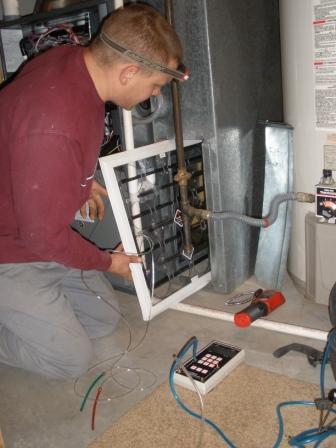 |
|
| |
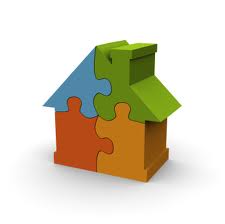 |
|
Electricity Monitoring;
Real time feedback has been shown to reduce electricity use by 10% or more.
Energy monitors can be installed in the home and used along with Google Power
Meter to monitor electricity use in real-time from any internet connection.
Final Analysis and Report:
When all of the necessary information on your home has been gathered it must
be presented to you – the homeowner – in a meaningful way. A breakdown of
problem areas and details on building components along with a list of priorities
and recommended solutions is included in the written report. Also found in
the report are basic utility bill analysis, a general idea of payback/savings, and
solutions for the specific concerns that you had. |
|





